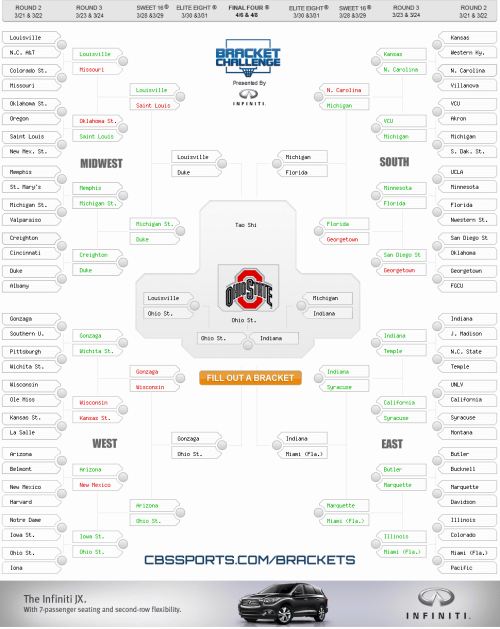Thanks to retirement of our faculty members, a large collection of old books on Statistics appeared in the lunch room.
All right, can you guess what is the oldest book I found among them? Of course it is called “Mathematical Statistics”, which is written by Henry Lewis Rietz (Professor of Mathematics, The University of Iowa).

How about we make another guess: when was this book published? It was 19xy, where x is one more than the first number and y is two fewer than second number. The price of the book was marked on the front page as $2.00 at the time.
I was curious about how Doug Wolfe, the former department chair and the previous owner of the book, got this book into his collection. He told me that he picked up the book from in a used book section of a bookstore when he was a graduate student at the University of Iowa. OH! This was a long time ago 🙂
Due to the respect of history, I read the whole book. It is puzzling to me that the book covers topics that are so similar with most “modern mathematical statistics” books. The title of each chapter reads like:
- I. THE NATURE OF THE PROBLEMS AND UNDERLYING CONCEPTS OF MATHEMATICAL STATISTICS
- II. RELATIVE FREQUENCIES IN SIMPLE SAMPLING
- III. FREQUENCY FUNCTION OF ONE VARIABLE
- IV. CORRELATION
- V. ON RANDOM SAMPLING FLUCTUATIONS
- VI. THE LEXIS THEORY
- VII. A DEVELOPMENT OF GRAM-CHARLIER SERIES
The first five chapters are pretty much like what we currently teach in MathStat classes these days, and the last two chapters reflects the emphasis of the field at the time. One one side, we can think that we are teaching very old stuffs in our classes right now. On the other side, it also shows that these concepts are fundamental and long-lasting, just like the concept of integral for calculus.
From education point of view, delivering these concepts to public and making people used to thinking in these frameworks are good contributions from statisticians.
From research point of view, the field has evolved so much with recent dramatic explosion of data collection and computation power. Where does the new math come to help us in this data age? Law of large numbers, asymptotic upper bounds? or just building deeper and deeper networks (learning)?
Anyway, if we are tired of thinking, we may put the discussion aside and enjoy some neat book cover designs:

Introduction to Statistical Analysis by Wilfrid J. Dixon and Frank J. Massey Jr. (1951)

A Sampler on Sampling by Bill Williams (1978)

Applied Statistics, Principles and Examples by D.R. Cox and E.J. Snell (1981)
By the way, in case that you are curious about how much the book “Mathematical Statistics” by Professor Henry Lewis Rietz worth now, you may find it on Amazon.com. When I checked, it was being sold at
Continue Reading »













